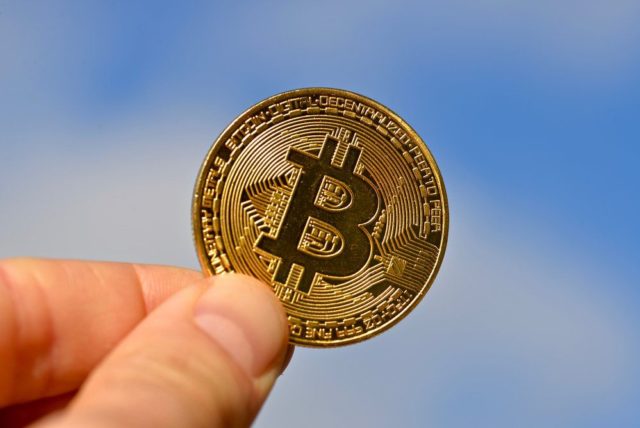- The USD/MXN loses 0.17% today, quoting when writing about 19.55.
- The dollar index (DXY) rises 0.21% in the day, oscillating within the operational range of Thursday’s session at 99.51.
- The feeling of the consumer of the University of Michigan is 52.2 points, registering its lowest level in 33 months.
- The economic agenda of Mexico contemplates the unemployment rate and the gross domestic product, next week.
The USD/MXN established a maximum of the day in 19.68, attracting aggressive vendors that dragged parity to a minimum of April 23 in 19.53. At the moment, the USD/MXN is quoted over 19.55, falling 0.17% daily.
The Mexican peso quotes with profits on the last day of the week
According to the information presented by the University of Michigan, the consumer’s feeling index was 52.2 points in April, falling to its lowest level in 33 months, although exceeding 50.8 expected points.
After these results, the dollar index (DXY) earns 0.31% daily, consolidating within the range of the previous session at 99.51.
On the other hand, the National Institute of Statistics and Geography will announce the unemployment rate of Mexico on Monday, April 28, which stood at 2.7% in March. At the same time, the Gross Domestic Product of Mexico will be published on Wednesday, April 30, where it registered a 0.5% growth in the previous period.
In this scenario, the Mexican weight operates in positive terrain, while the USD/MXN loses 0.17%, reaching minimum of April 23 in 19.53.
USD/MXN Price levels
The USD/MXN established a short -term resistance given by the maximum of April 9 at 21.08. Downwards, the closest support is located in 19.38, minimum of September 18, 2024. The following support zone is observed in 18.59, pivot point of August 16, 2024.
Mexican weight FAQS
The Mexican weight (MXN) is the most commercialized currency among its Latin American peers. Its value is widely determined by the performance of the Mexican economy, the country’s central bank policy, the amount of foreign investment in the country and even remittance levels sent by Mexicans living abroad, particularly in the United States. Geopolitical trends can also affect MXN: for example, the Nearshoring process (or the decision of some companies to relocate the manufacturing capacity and supply chains closer to their countries of origin) is also considered a catalyst for the Mexican currency, since the country is considered a key manufacturing center in the American continent. Another catalyst for MXN is oil prices, since Mexico is a key exporter of the raw material.
The main objective of the Central Bank of Mexico, also known as Banxico, is to maintain inflation at low and stable levels (in or close to its 3%target, the midpoint of a tolerance band between 2%and 4%). To do this, the bank establishes an adequate level of interest rates. When inflation is too high, Banxico will try to control it by raising interest rates, which makes the indebtedness of homes and companies more cooling, thus cooling the demand and the economy in general. The highest interest rates are generally positive for Mexican weight (MXN), since they lead to higher yields, which makes the country a more attractive place for investors. On the contrary, lower interest rates tend to weaken the MXN.
The publication of macroeconomic data is key to evaluating the state of the economy and can have an impact on the valuation of the Mexican weight (MXN). A strong Mexican economy, based on high economic growth, low unemployment and high confidence is good for MXN. Not only attracts more foreign investment, but it can encourage the Bank of Mexico (Banxico) to increase interest rates, particularly if this fortress is accompanied by high inflation. However, if the economic data is weak, the MXN is likely to depreciate.
As an emerging market currency, the Mexican weight (MXN) tends to rise for periods of risk, or when investors perceive that the general market risks are low and, therefore, are eager to participate in investments that carry a higher risk. On the contrary, the MXN tends to weaken at times of market turbulence or economic uncertainty, since investors tend to sell higher risk assets and flee to the most stable safe shelters.
Source: Fx Street
I am Joshua Winder, a senior-level journalist and editor at World Stock Market. I specialize in covering news related to the stock market and economic trends. With more than 8 years of experience in this field, I have become an expert in financial reporting.







